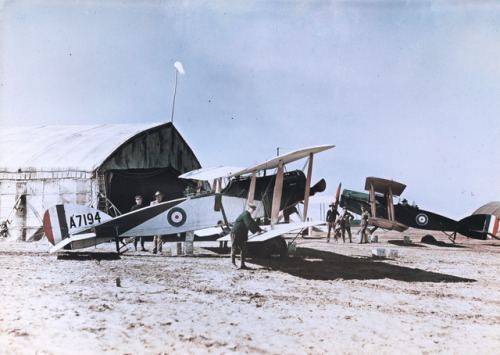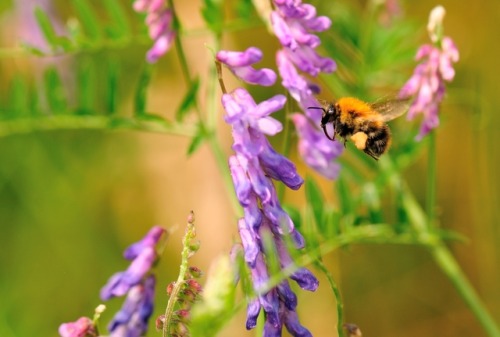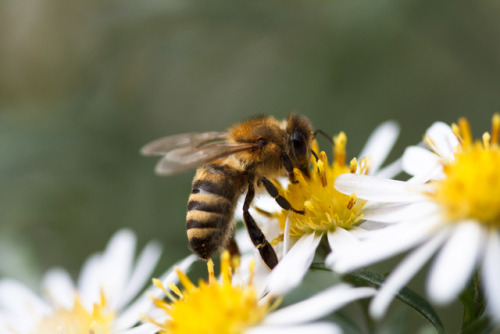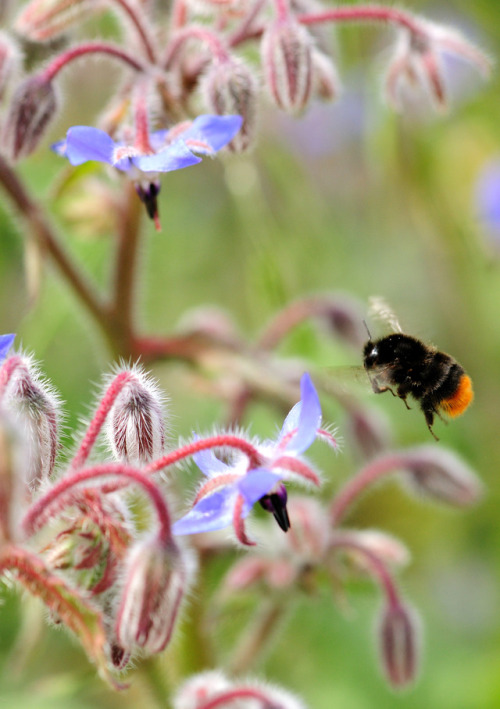#colonies
Photographer:Frank Hurley
Year:Unknown
Location:Palestine
Description:Transportation of weapons and war supplies to Australian troops down a road with the view of the Jordan Valley in the background.
Source: Mitchell Library, State Library of New South Wales
Post link
Photographer:Frank Hurley
Year:1918
Location:Belah, Palestine
Description:The campsite of the Australian 4th Light Horse Brigade situated amongst the sand hills in Belah, Palestine on February 1918.
Source:Mitchell Library, State Library of New South Wales
Post link
Photographer:Frank Hurley
Year:1917
Location:Palestine
Description:Fighter planes parked outside the hangar of the 1st Squadron of the Australian Flying Corps in Palestine.
Source:Mitchell Library, State Library of New South Wales
Post link
Photographer:Frank Hurley
Year:1918
Location:Mejdel, Palestine
Description: Lieutenant General Sir Harry Chauvel conducts an inspection of the men and Bristol F.2B fighter planes of the No.1 Squadron, Australian Flying Corps, at Mejdel around January 1918.
Source: Mitchell Library, State Library of New South Wales
Post link
‘First - lettuce, radishes, carrots, tomatoes, cucumbers. Then - sweet potatoes, rice, wheat. Later - soybeans and peanuts. A vegan diet, more or less. Insects, guinea pigs, other small animals would only add to their already enormous workload. Backup - four to six months of shelf-stable, prepackaged foods.’
Flowers help increase bumblebee families survival
New research led by the UK’s Centre for Ecology & Hydrology have discovered the key to enhancing the survival of bumblebee families: flower-rich habitats.
In the UK, most bumblebee colonies live for less than a year; nests are formed in the spring by a single queen and produce up to a few hundred daughter workers. At the end of the summer, new queens are produced which, after mating and hibernation, go on to start new colonies the following spring. Understanding survival between these critical lifecycle stages has proved challenging because in the wild, colonies are almost impossible to find.
The new research overcame these challenges by matching daughter queens to their mothers and sisters using advanced molecular genetics, and estimating the locations of colonies in the landscape from the locations of their workers.
The results provide strong support for environmentally-friendly management of farmland to provide more flowers in hedgerows, meadows and along the edges of arable fields. They also help farmers and land managers decide where best to plant flowers in the landscape.
Paper reference: Claire Carvell, Andrew F.G. Bourke, Stephanie Dreier, Stephen N. Freeman, Sarah Hulmes, William C. Jordan, John W. Redhead, Seirian Sumner, Jinliang Wang & Matthew S. Heard, ‘Bumblebee family lineage survival is enhanced in high quality landscapes’ Nature, published online 1800 GMT/1400 US Eastern Time, 15 March 2017. DOI: 10.1038/nature21709.
Images:
copyright: Lucy Holmes, top & bottom photos
copyright:Flickr, Bee, middle photos
Post link








